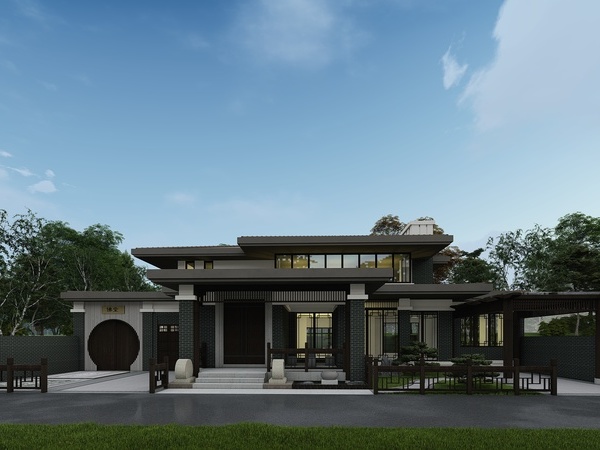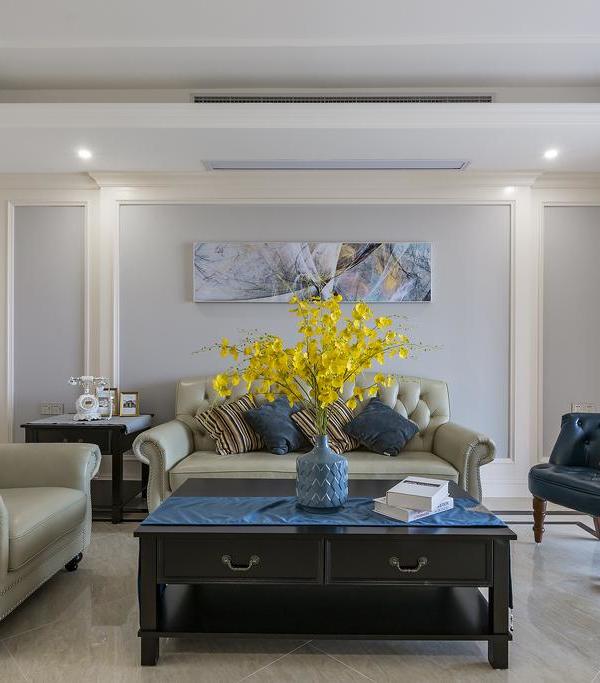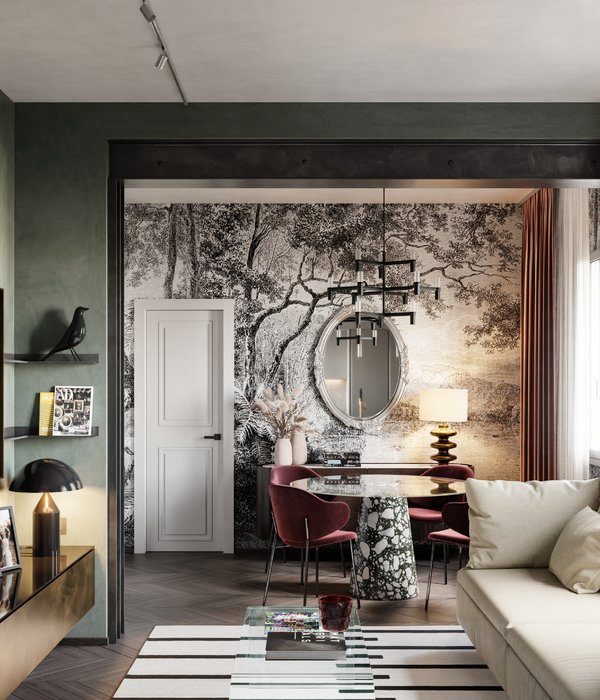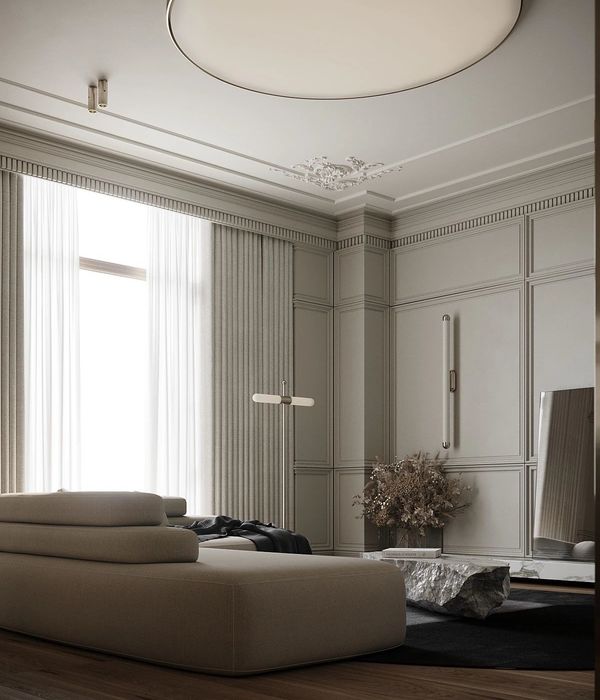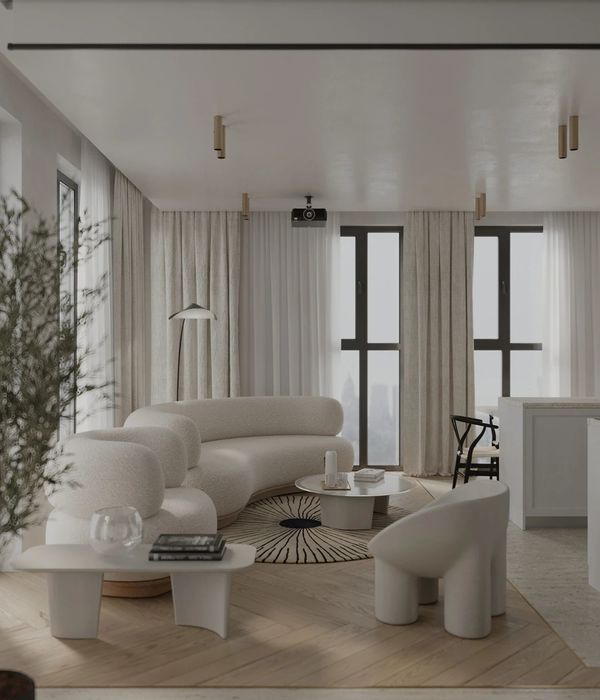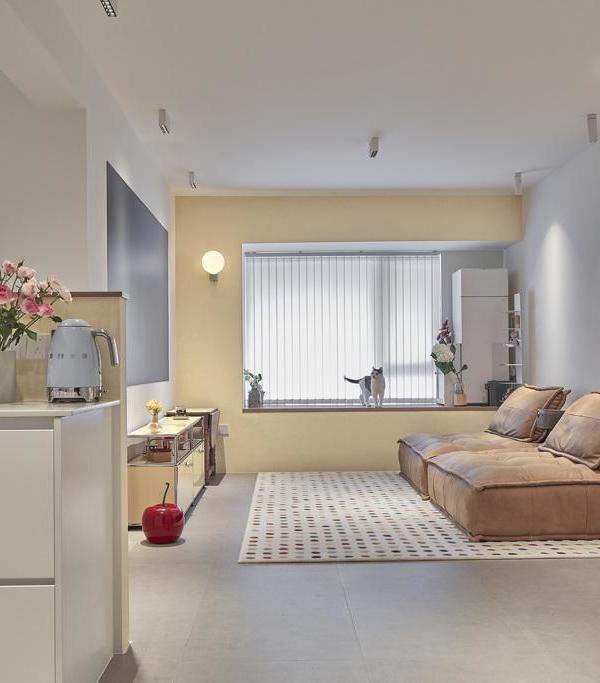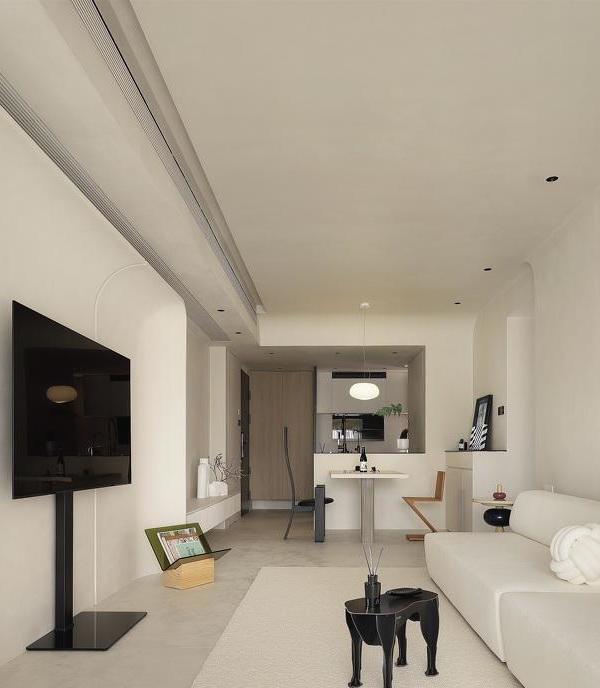View looking into pavilion’s central open space, photo © Iwan Baan
View looking through intersecting vaults, photo © Iwan Baan
FOREST PAVILION (Y LU DUQAI A LUMA), GUANGFU, HUALIEN, TAIWAN PROJECT DESCRIPTION
On May 22nd, 2011, framed by green bamboo vaults, Taiwanese President Ma Ying-jeou stood at a podium inside Forest Pavilion to inaugurate the Masadi Art Festival. Facing a crowd of celebrators, designers, and protesters, President Ma delivered his administration’s vision for a low carbon future.
nARCHITECTS’ Forest Pavilion – completed in May 2011 – serves as a shaded meeting and performance space for visitors to the Da Nong Da Fu Forest and Eco-park in Hualien province, Taiwan. The project was conceived within the context of an art festival organized by Taiwan’s Forestry Bureau to raise public awareness of a new growth forest that is being threatened by development. The pavilion is comprised of eleven vaults built with freshly cut green bamboo, a material first used by nARCHITECTS in the internationally acclaimed 2004 Canopy for MoMA P.S.1. As an extension of techniques developed in 2004’s Canopy for MoMA/P.S.1, the 60’ diameterand 22’ tall pavilionisbuilt with green bamboo. Forest Pavilion was chosen to host the opening and closing ceremonies of the art festival, becoming a focal point for the park. This new circular gathering space emerges from the ground in a series of eleven green bamboo shading vaults, organized in two rings around a void. The plan is inspired by the rings of a tree, and the different form of the vaults by growth patterns in nature. In the same way that the infinite variety of shapes in a tree emerge from very simple branching rules, the configuration of vault shapes uses a single geometry, the parabolic arch, in a way that couldin theorygenerate endless configurations.
The pavilion is also designed to be used as a small outdoor theater. The circular ring of decking serves as either seating for spectators watching a performance in the central void space, or as a circular stage. nARCHITECTS’ mission was to design a landmark installation suited for the vast scale of its scenic site,while providing a sense of enclosure, shade, and seating for park visitors and various scheduled events. Forest Pavilion’s relationship to the existing site is diaphanous and light – the pavilion sits lightly in its environment with minimal disruption, yet with lighting becomes a beacon at night, underscoring the relative emptiness of the valley.
Hualien County is the traditional territory of the aboriginal Taiwanese Amis tribe. Used for sugarcane cultivation under Japanese rule and eventually passing into the Taiwanese government’s hands, the Forestry Bureau faced criticism for not involving local inhabitants in the planning and development of the Eco Park. While there is broad support for preserving the forest, there are also plans for development by the provincial government, including the construction of a casino. In recognition of the cultural diversity of the region, the pavilion’s vaults, each one presenting a unique ‘gateway’ into the meeting space, sought to formalize this diversity and suggest an opportunity for unity in support of a greater environmental benefit.
Bamboo fabrication for the pavilion was undertaken by the local Amis tribe, masters of bamboo construction. The pavilion introduced to the region the concept of using freshly cut green bamboo, an extension of techniques developed by nARCHITECTS in 2004 for the MoMA/P.S.1 Canopy. Through an exchange of knowledge and ideas about bamboo construction, the Amis became personally invested in the completion of the pavilion, naming the pavilion “Y luduqaia luma,” Amis for “mountain home.” nARCHITECTS has since granted a request by the Amis to incorporate the green bamboo vault technique into their own bamboo construction methods. The pavilion hosted the opening day ceremonies for the art festival and Eco-park with dance and music performances, speeches from local and federal government officials, and an address by President Ma. The closing ceremony, a more intimate and local community affair, began at dusk with a lantern parade culminating at the pavilion with a light show. The festival came to a close with both performers and audience uniting in traditional song and dance at the pavilion.
Forest Pavilion as a place of repose, photo © Iwan Baan
Singers on stage of Forest Pavilion, photo © Iwan Baan
2011年5月22日,在台湾花莲举行了Masadi艺术节开幕式。当局表示低碳环保是未来的趋势。nARCHITECTS设计的森林馆是艺术节中一个聚会,表演的空间。在森林日益受到威胁的今天,森林馆的材料采用了新鲜的竹子。直径60英尺,高22英尺的森林馆也是艺术节的开幕式和闭幕式场地,备受瞩目。这个圆形的空间由11个竹单元构成,光线下拥有美丽的阴影。其组合方式简单,但却变化无穷。这里也可以作为小型的露天剧场使用。非常适合这样的大型观览,同时还提供了一个庇护处,并给与人们定位感。森林馆如此轻盈透明,丝毫不影响环境,在夜晚,被灯光点亮后,又成为空旷山谷中的星。
花莲是台湾原住民阿美族的聚集地,这里曾是日本殖民时期的甘蔗种植区,现在当局认识到应在发展该地区文化经济多样性的同时保持当地的生态多样性。森林馆有当地阿美族人民参与修建完成,吸收了当地的施工方法。开幕式在这里举行了演说,舞蹈音乐表演,艺术展览;闭幕式时,这里进行了傍晚花灯巡游活动,并在传统歌舞表演与观众的陶醉中,为整个艺术节画上圆满的句号。
Dancers on stage of Forest Pavilion, photo © Iwan Baan
Forest Pavilion hosts several performances and ceremonies, photo © Iwan Baan
Forest Pavilion as an illuminated beacon by night in the Eco-park, photo © Iwan Baan
photo © Iwan Baan
View of pavilion at project opening; photo courtesy Florian Claar
View of swooping vault from below, photo courtesy Cango Chen
Image courtesy nARCHITECTS
Image courtesy nARCHITECTS
Axonometric, image courtesy nARCHITECTS
Bamboo plan, image courtesy nARCHITECTS
Construction matrix 1, Image courtesy nARCHITECTS
Construction matrix 2, Image courtesy nARCHITECTS
PROJECT DATA
Location: Guangfu, Hualien, Taiwan
Program: Ephemeral festival pavilion
Materials: Green bamboo, steel, wood
Building Area: 300m2
Curator: Huichen Wu, Artfield
Design Team: Eric Bunge, Mimi Hoang (Principals); Ammr Vandal (Project Architect), Julia Chapman, Tiago Barros, Jack Hudspith, Alana Flick
Project Management Consultant: Frankie Su
Structural Engineer: Yan Shi-Feng (steel/concrete)Bamboo Fabricator: Amis tribe (aboriginal Taiwanese people)Completion: 2011
MORE: nARCHITECTS
,更多请至:
{{item.text_origin}}

